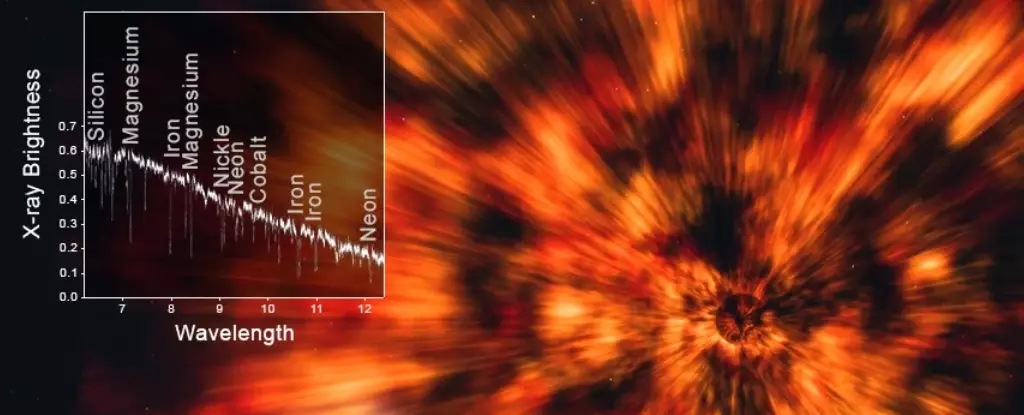Black holes are often shrouded in mystery and myth, primarily regarded as cosmic vacuum cleaners that obliterate everything in their vicinity. A widespread misconception asserts that they erase not just matter but the history connected to it as well. However, a deeper dive into the physics reveals a more nuanced reality: while information about matter that crosses the event horizon might seem lost, the surrounding environment offers a rich tapestry of historical data waiting to be unraveled. Recent astronomical studies, particularly those focused on the binary system GRO J1655-40, have begun to illuminate the complexities of black hole origins and their companions.
Decoding GRO J1655-40: A Stellar Biography
At the heart of this narrative is GRO J1655-40, a binary system that consists of a black hole with a mass approximately seven times that of our Sun, alongside a companion star weighing in at over three solar masses. The origin of this system is a fascinating tale of stellar evolution. Scientists suggest that it was once a duo of stars, one significantly larger than the other. The catastrophic fate of the larger star culminated in a supernova explosion, resulting in the formation of a black hole while the smaller star persevered. This scenario not only emphasizes the violent nature of stellar death but also points to how black holes can coexist with other celestial bodies, enriching the cosmos with their remnants.
Astronomical Archaeology: Unearthing Elemental Histories
The pivotal moment in this study comes from the analysis of data captured by the Chandra X-ray Observatory in 2005. During a period when the binary system was particularly luminous in the X-ray spectrum, Chandra recorded critical spectral data, allowing researchers to identify the presence and relative abundances of 18 distinct elements. This is where the concept of astronomical archaeology becomes vital. The elements found in the remnants reveal vital clues to the nature of the original star that birthed the black hole. By meticulously examining these components, astronomers reconstruct an understanding of stellar processes, leading to a clearer image of the black hole’s progenitor.
The Stellar Legacy: Insights on Star Evolution
The research indicated that the progenitor star had an impressive mass of 25 solar masses. Such massive stars tend to expel a substantial amount of material into the interstellar medium, whether through supernova explosions or continuous stellar winds over a lifetime. This provides a fascinating glimpse into the evolution of binary systems and the transformation of immense stars into black holes or neutron stars. Understanding the evolution of those stars can shed light on how they influence their surrounding environments.
Towards a New Understanding of Stellar Dynamics
Employing similar techniques on other binary star systems could open up new avenues in the field of astronomy. Each binary has its unique story, offering layers of historical and physical insights into the lifecycle of stars and their eventual transformation into black holes. As we advance our methods of deciphering the cosmic history etched within these stellar structures, we can expect to elevate our understanding of not just black holes, but also the fundamental processes governing the life and death of stars across the universe. This evolving narrative presents us with an extraordinary view of cosmic life, where each black hole is not merely an endpoint but a critical chapter in the celestial story.


Leave a Reply